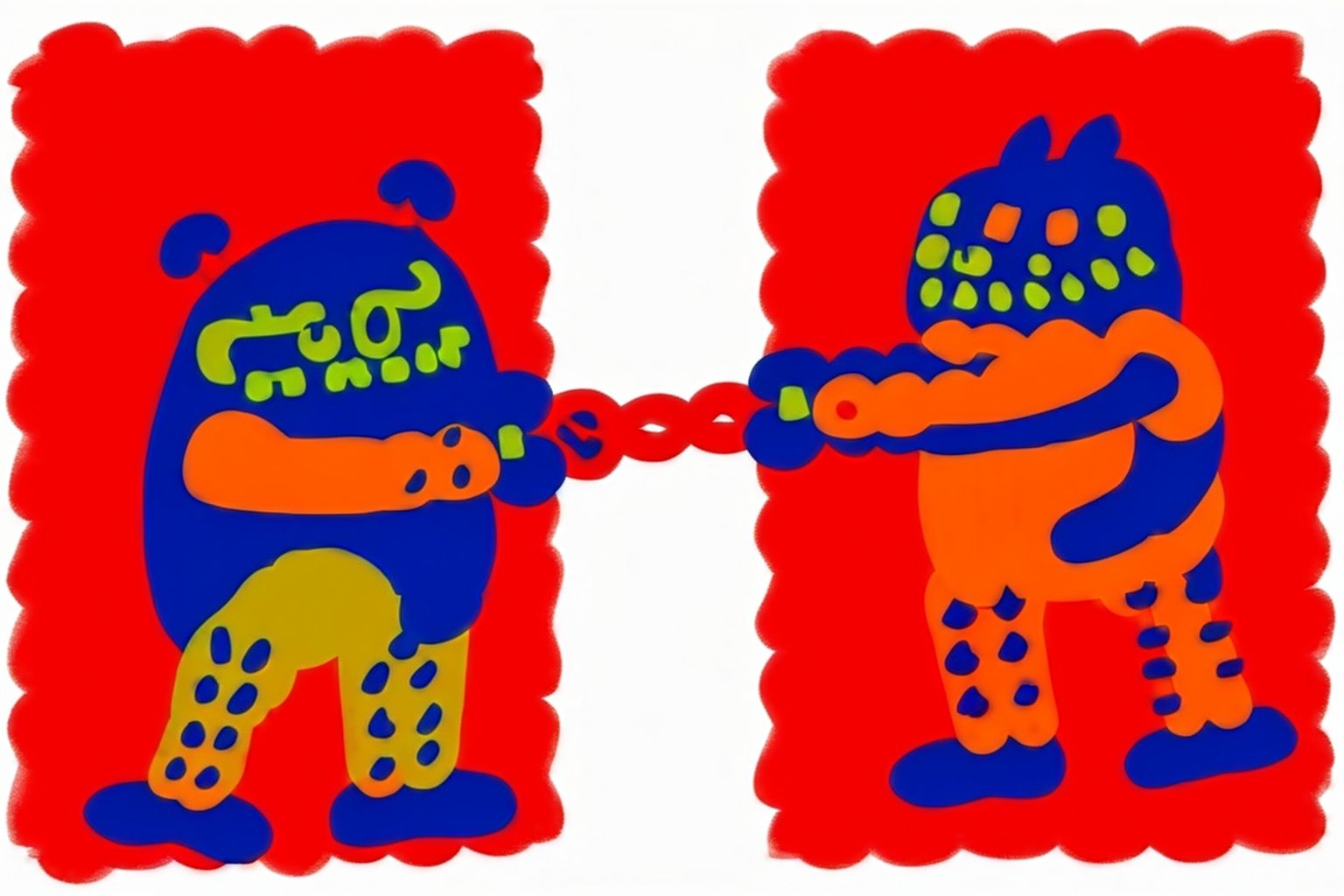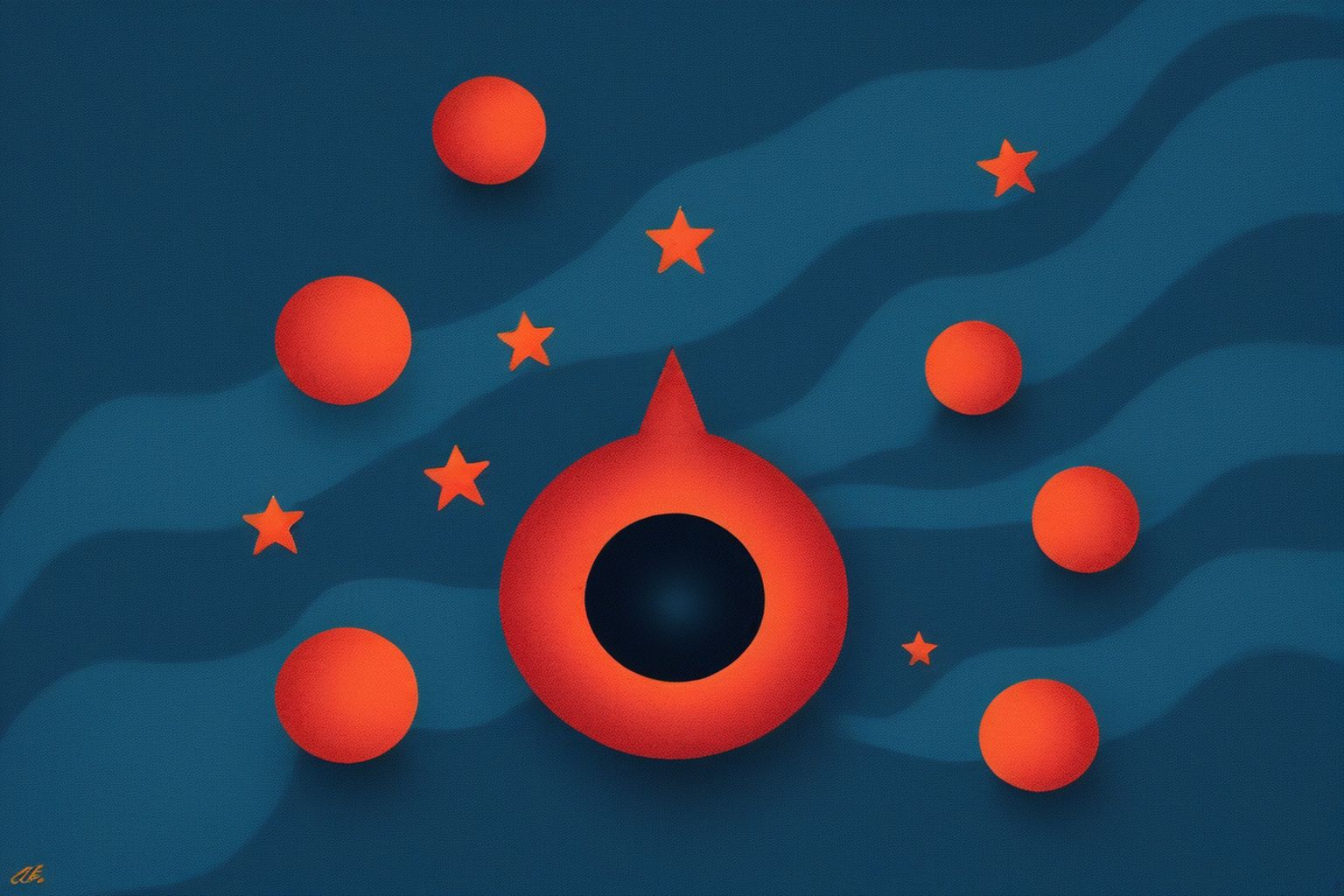Articles
Aug 19, 2024
What Is the JOLT Effect? A tool for customer indecision
What to do when faced with customer indecision in B2B sales – the JOLT effect.

Imagine this: you've nurtured a prospect, addressed their concerns, and presented a solution that perfectly aligns with their needs. Everything seems promising, but then… crickets. They disappear into the abyss of indecision, leaving your sale hanging in the balance. Frustrating, right? This agonizing scenario is all too common in sales, with a staggering 40 to 60% of the average salesperson’s pipeline ending up lost to no decision. This is where the jolt effect comes into play.
Introduction to The JOLT Effect
The JOLT Effect isn't about using high-pressure tactics; it's about empowering your prospects to make informed decisions. It's a strategic approach that helps you understand and address the root causes of customer indecision, enabling you to guide them towards a confident "yes."
The Importance of Addressing Customer Indecision
Customer indecision is a silent sales killer. It prolongs sales cycles, drains resources, and ultimately impacts your bottom line. While some hesitation is normal, prolonged indecision signals a deeper issue – a lack of clarity, trust, or urgency.
Overview of The JOLT Effect: Transforming Sales Strategies
The JOLT Effect provides a framework for identifying the reasons behind customer hesitation and offers practical strategies to overcome them. It empowers salespeople to:
Diagnose the root causes of indecision: By understanding the psychology behind hesitation, you can pinpoint the specific factors holding your prospects back.
Create a sense of urgency: People are more likely to act when they feel a sense of urgency. The JOLT Effect helps you subtly highlight the cost of inaction and the benefits of making a timely decision.
Build trust and credibility: When prospects trust you and your solution, they're more likely to overcome their doubts. The JOLT Effect emphasizes the importance of building rapport and establishing yourself as a trusted advisor.
Unpacking The JOLT Effect

What Is The JOLT Effect?
The term "Jolt Effect" refers to a compelling sales strategy outlined in the insightful book "The Jolt Effect: How High Performers Execute and Win". This groundbreaking approach emphasizes the importance of injecting well-timed jolts of energy and momentum into the sales process to prevent stagnation and drive conversions.
What are the JOLT effect takeaways?
The core takeaway from the JOLT effect centers around disrupting complacency in traditional sales interactions. It suggests that by strategically introducing unexpected elements that challenge the status quo, sales professionals can reignite interest, accelerate decision-making, and ultimately, close deals more effectively.
The Origin: Authors Matthew Dixon and Ted McKenna
Authored by renowned sales experts Matthew Dixon and Ted McKenna, the "Jolt Sales book" presents a data-driven analysis of high-performing sales teams. Their research reveals that top salespeople consistently leverage strategic jolts to keep prospects engaged and propel the sales journey forward.
How It's Changing the Sales Landscape
This fresh perspective offered by the JOLT effect is rapidly transforming the sales landscape. By shifting the focus from passive presentations to actively engaging experiences, sales professionals are empowered to create a sense of urgency, excitement, and value that resonates deeply with potential customers. This shift in approach enables businesses to break free from outdated sales tactics and thrive in today's dynamic market.
Key Principles of The JOLT Effect

The JOLT Effect is a powerful approach to sales and leadership that emphasizes the importance of disrupting complacency and driving action. It's about understanding the challenges of decision paralysis and empowering individuals to embrace change. Let's delve into the key principles of this approach:
Judging the Decision Paralysis
High performers excel at recognizing the subtle signs of decision paralysis. They understand that "high performers qualify opportunities based on less observable but nonetheless critical criteria based on the customer’s own ability to make decisions." This means going beyond surface-level enthusiasm and probing deeper into the customer's decision-making process. Are they empowered to make choices? Do they have a clear understanding of the implications? By accurately assessing a customer's readiness, high performers can tailor their approach to overcome inertia.
Offering Strategic Recommendations
When customers exhibit indecisiveness, bombarding them with choices can be counterproductive. Instead, "high performers know that customers who are indecisive are looking for guidance, not more choice," acting as trusted advisors to steer clients toward a decision. This guidance should be rooted in a deep understanding of the customer’s needs and challenges. By presenting a limited set of carefully curated options, you can provide clarity and direction, making it easier for customers to move forward.
Limiting Choices to Simplify Decisions
Information overload is a real phenomenon that can hinder decision-making. To mitigate this, "high performers limit the exploration by controlling the flow of information, anticipating needs, and addressing unstated objections." This approach minimizes distractions and keeps the focus on the most relevant factors. By streamlining the decision-making process, high performers create an environment where clarity and conviction can emerge, leading to more confident decisions.
Taking Risk Out of the Equation
One of the most significant barriers to decision-making is the fear of risk. "High performers focus on coming up with creative solutions that limit downside risk (e.g., opt-outs, refund and change clauses, additional professional services support, contract carve-outs)." By directly addressing concerns and offering tangible safeguards, you provide customers with a sense of security and increase their willingness to commit.
Tackling Customer Indecision with Technology
Let's face it, in the world of sales, prolonged periods of inactivity within a deal often point towards a high probability of it ending up lost or, even worse, stuck in the dreaded "no-decision" land. This is where "the jolt effect" comes into play, advocating for consistent engagement to propel the deal forward. But how do we actually translate this principle into tangible actions, particularly in today's digital age? The answer lies in leveraging technology, but not just any technology. We need tools that specifically address the core principles of the Jolt Effect.
Tools and Software That Complement The JOLT Effect Principles
Imagine having a system that alerts you the moment a deal exhibits signs of stagnation, allowing for timely intervention. This is where Customer Relationship Management (CRM) systems and sales engagement platforms become indispensable. These tools are designed to provide a centralized hub for all customer interactions. They empower sales teams to:
Track Deal Momentum: Visual dashboards and automated reminders ensure that deals maintain a healthy pace, minimizing the risk of them veering off track.
Personalize Interactions: By providing a 360-degree view of the customer, these tools enable sales representatives to tailor their outreach and provide genuinely relevant information at each touchpoint.
Analyze Engagement Patterns: Advanced analytics can identify trends and patterns in customer interactions, providing valuable insights into the effectiveness of specific engagement strategies.
Innovations That Enhance Customer Decision-Making Processes
Going beyond simply managing interactions, there are cutting-edge innovations designed to actively facilitate the decision-making process for customers.
Interactive Product Demonstrations: Imagine being able to offer your prospects an immersive experience where they can explore your product's features and benefits firsthand. This level of interactivity can significantly reduce confusion and empower prospects to make well-informed decisions.
AI-Powered Chatbots: These intelligent assistants can handle preliminary inquiries, qualify leads, and even provide instant support, ensuring a seamless and positive customer experience.
Personalized Content Recommendations: Sophisticated algorithms can analyze customer data to deliver tailored content that resonates with their specific needs and interests, guiding them towards a confident purchasing decision.
By embracing these technologies, sales teams can not only keep deals alive but also nurture them, ensuring a smoother and more efficient sales process for both the seller and, most importantly, the customer. Remember, "the best-quality coaching can improve performance by up to 19 percent," and in this context, consider these tools as your coaching staff for customer interactions. Just as a good coach pushes their team to perform better, the right technology can nudge your deals toward a successful close.
Share post:


